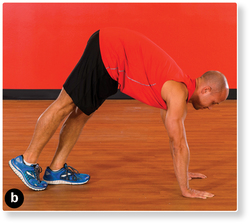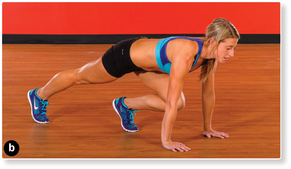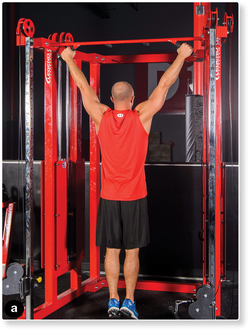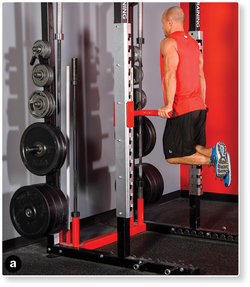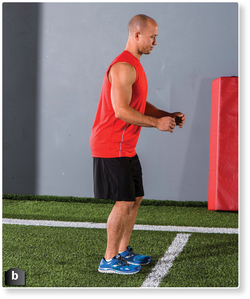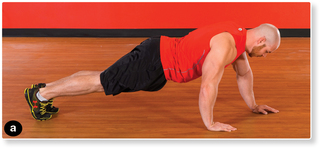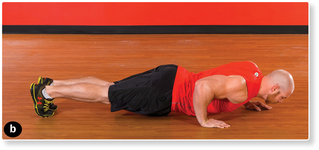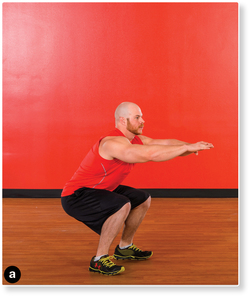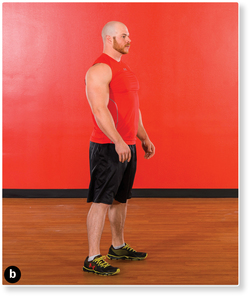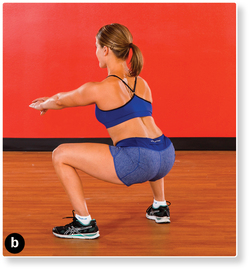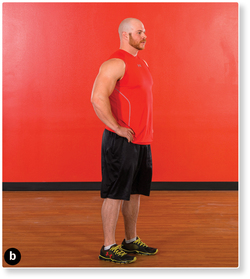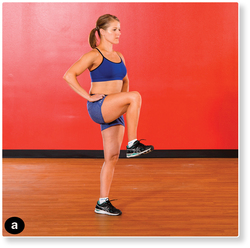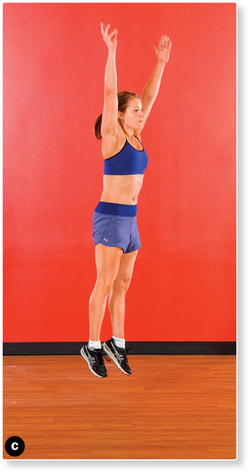Getting Started
Many of the exercises in this section may be classified as either strength or endurance exercises, depending on your initial strength level. As a rule, if you can perform no more than 10 repetitions of a given exercise, such as dips or pull-ups, the exercise would place a greater emphasis on strength than endurance. In comparison, if you are able to perform significantly more than 10 repetitions of a particular bodyweight exercise, you are emphasizing endurance. Both strength and endurance exercises may be selected when performing interval training, but exercises that require more strength will require more rest before you can perform subsequent sets of the same exercise. Therefore, using a superset approach that combines two or more exercises that work opposing muscle groups may be a good strategy for keeping the metabolic demands high throughout the training session while allowing adequate recovery between muscle groups to perform your best on each exercise. Table 3.1 includes examples of exercises that can be performed as supersets.




